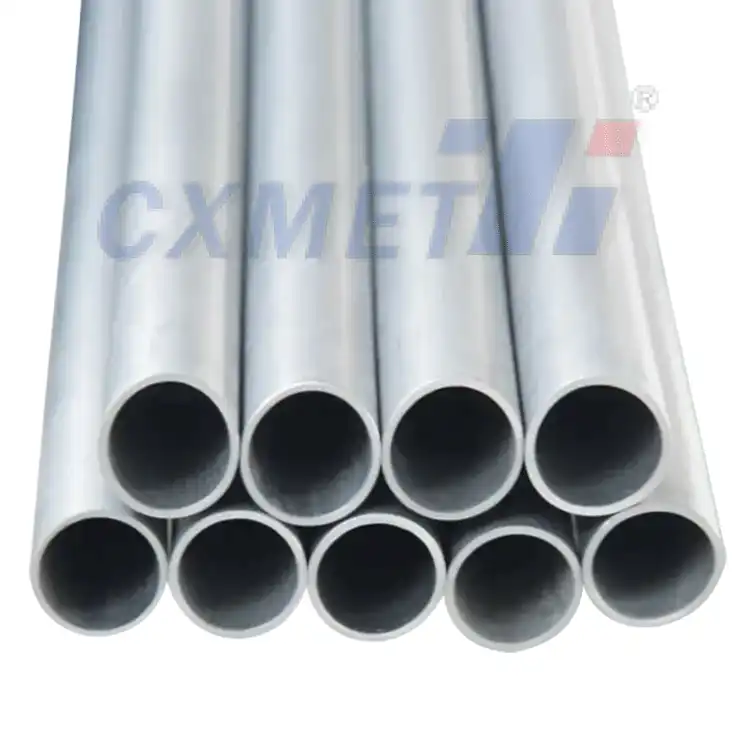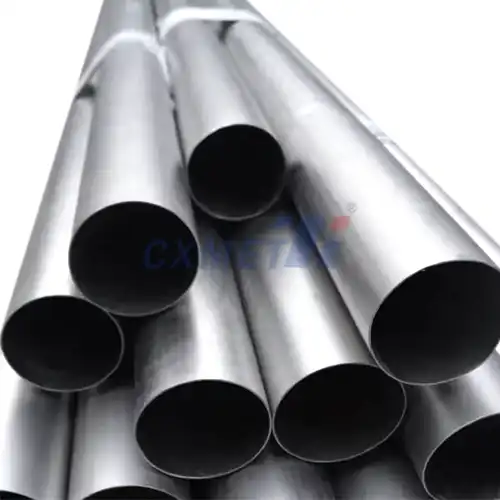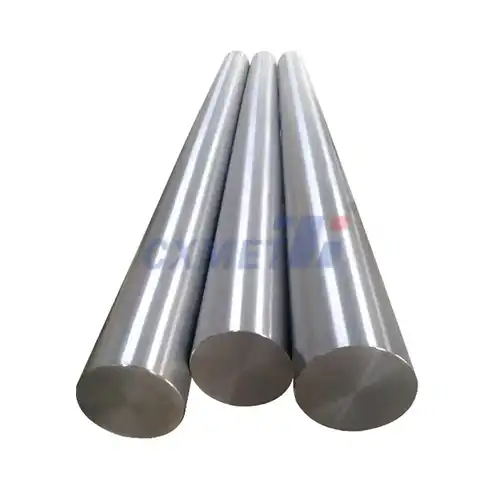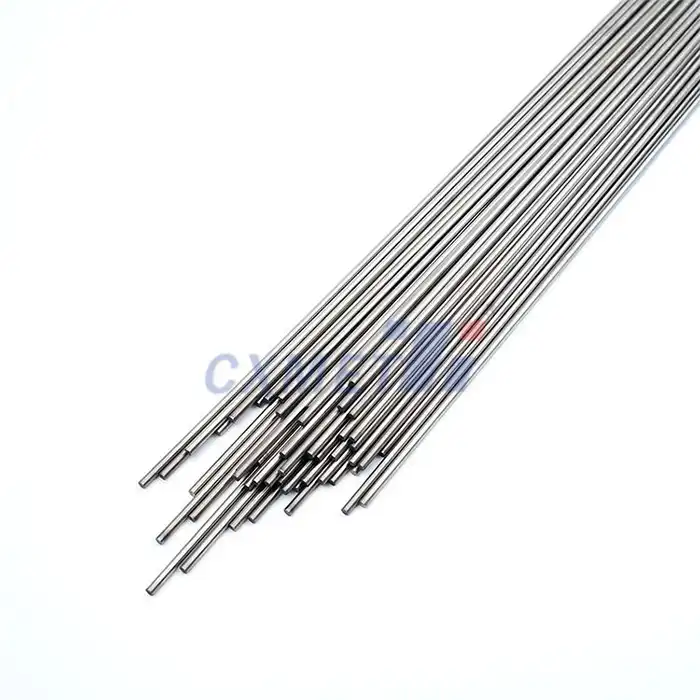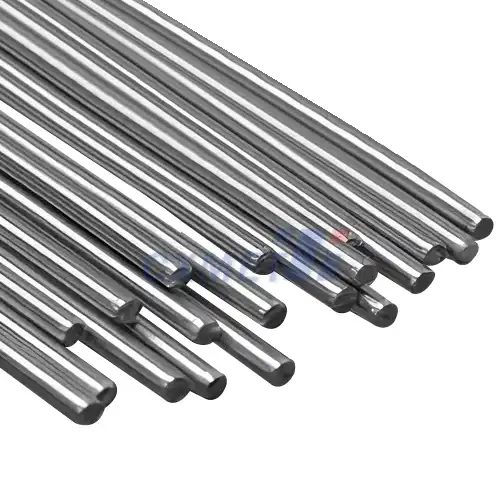- English
- French
- German
- Portuguese
- Spanish
- Russian
- Japanese
- Korean
- Arabic
- Greek
- German
- Turkish
- Italian
- Danish
- Romanian
- Indonesian
- Czech
- Afrikaans
- Swedish
- Polish
- Basque
- Catalan
- Esperanto
- Hindi
- Lao
- Albanian
- Amharic
- Armenian
- Azerbaijani
- Belarusian
- Bengali
- Bosnian
- Bulgarian
- Cebuano
- Chichewa
- Corsican
- Croatian
- Dutch
- Estonian
- Filipino
- Finnish
- Frisian
- Galician
- Georgian
- Gujarati
- Haitian
- Hausa
- Hawaiian
- Hebrew
- Hmong
- Hungarian
- Icelandic
- Igbo
- Javanese
- Kannada
- Kazakh
- Khmer
- Kurdish
- Kyrgyz
- Latin
- Latvian
- Lithuanian
- Luxembou..
- Macedonian
- Malagasy
- Malay
- Malayalam
- Maltese
- Maori
- Marathi
- Mongolian
- Burmese
- Nepali
- Norwegian
- Pashto
- Persian
- Punjabi
- Serbian
- Sesotho
- Sinhala
- Slovak
- Slovenian
- Somali
- Samoan
- Scots Gaelic
- Shona
- Sindhi
- Sundanese
- Swahili
- Tajik
- Tamil
- Telugu
- Thai
- Ukrainian
- Urdu
- Uzbek
- Vietnamese
- Welsh
- Xhosa
- Yiddish
- Yoruba
- Zulu
What Industries Commonly Use GR11 Titanium Wire?
2024-09-09 15:00:38
GR11 Titanium Wire is a highly specialized material that has found its way into various industries due to its exceptional properties. This grade of titanium wire is known for its excellent combination of strength, corrosion resistance, and biocompatibility. As a result, it has become an indispensable component in several high-tech and demanding applications. Industries that commonly use GR11 Titanium Wire include aerospace, medical, chemical processing, and marine engineering. Each of these sectors leverages the unique characteristics of this material to overcome challenges and push the boundaries of what's possible in their respective fields.
How is GR11 Titanium Wire manufactured?
The manufacturing process of GR11 Titanium Wire is a complex and carefully controlled procedure that ensures the final product meets the stringent requirements of various industries. The process begins with the selection of high-purity titanium sponge, which serves as the raw material for wire production.
The first step involves melting the titanium sponge in a vacuum or inert atmosphere to prevent contamination. This molten titanium is then cast into ingots, which are subsequently forged and rolled into smaller diameter rods. The rolling process helps to refine the grain structure of the metal, improving its mechanical properties.
Once the rods reach a certain diameter, they undergo a series of drawing operations. Drawing involves pulling the rod through progressively smaller dies, which reduces its diameter and increases its length. This process is crucial for achieving the desired wire diameter and enhancing the material's strength.
Throughout the drawing process, the wire undergoes intermittent annealing treatments. Annealing helps to relieve internal stresses that build up during drawing and maintains the wire's ductility. The temperature and duration of these annealing treatments are carefully controlled to achieve the optimal balance of strength and formability.
For GR11 Titanium Wire, special attention is paid to maintaining the correct chemical composition and microstructure. This grade is known for its high purity and low interstitial content, which contributes to its excellent corrosion resistance and biocompatibility. Manufacturers employ stringent quality control measures, including frequent chemical analysis and microstructural examinations, to ensure the wire meets the required specifications.
The final stages of production often involve surface treatments to enhance the wire's properties further. These may include chemical etching to remove surface impurities, polishing to achieve a smooth finish, or applying protective coatings for specific applications.
It's worth noting that the manufacturing process for GR11 Titanium Wire is energy-intensive and requires significant expertise. The high melting point of titanium (around 1668°C) and its reactivity with oxygen at elevated temperatures pose challenges that necessitate specialized equipment and controlled environments. This complexity contributes to the relatively high cost of GR11 Titanium Wire compared to other metallic wires.
Despite these challenges, the unique properties of GR11 Titanium Wire make it invaluable in many applications. The carefully controlled manufacturing process ensures that each strand of wire possesses the strength, ductility, and purity required for critical applications in aerospace, medical devices, and other demanding industries.
What are the key properties of GR11 Titanium Wire?
GR11 Titanium Wire possesses a unique set of properties that make it highly desirable for a wide range of applications. Understanding these key characteristics is essential for engineers and designers who are considering using this material in their projects.
First and foremost, GR11 Titanium Wire exhibits exceptional strength-to-weight ratio. This property is particularly valuable in aerospace and other weight-sensitive applications. The wire can withstand high loads while contributing minimal weight to the overall structure. This characteristic allows for the design of lighter, more fuel-efficient aircraft and spacecraft without compromising on structural integrity.
Corrosion resistance is another standout feature of GR11 Titanium Wire. The material forms a stable, protective oxide layer on its surface when exposed to oxygen. This natural passivation makes the wire highly resistant to various corrosive environments, including saltwater, acids, and industrial chemicals. As a result, GR11 Titanium Wire is often used in marine applications, chemical processing plants, and other environments where corrosion is a significant concern.
Biocompatibility is a crucial property that sets GR11 Titanium Wire apart, especially in medical applications. The human body tolerates titanium exceptionally well, with minimal risk of allergic reactions or rejection. This biocompatibility, combined with its strength and corrosion resistance, makes GR11 Titanium Wire an ideal material for various medical implants, surgical instruments, and dental applications.
The wire also demonstrates excellent fatigue resistance. It can withstand repeated stress cycles without failing, which is crucial in applications involving cyclic loading or vibrations. This property is particularly valuable in aerospace components and certain medical devices that are subjected to repetitive stresses.
Temperature resistance is another notable characteristic of GR11 Titanium Wire. It maintains its strength and structural integrity over a wide range of temperatures, from cryogenic conditions to moderately high temperatures. This thermal stability makes it suitable for applications in extreme environments, such as aerospace and cryogenic equipment.
GR11 Titanium Wire also exhibits low thermal expansion. This property is beneficial in applications where dimensional stability is critical, such as in precision instruments or in components that must maintain tight tolerances across varying temperatures.
The wire's electrical and thermal conductivity, while lower than that of copper or aluminum, can be advantageous in certain applications. In some cases, the moderate conductivity combined with other properties like corrosion resistance and strength makes GR11 Titanium Wire a preferred choice over more conductive materials.
Lastly, GR11 Titanium Wire is non-magnetic, which is crucial in applications where magnetic interference must be avoided. This property is particularly valuable in certain medical devices and scientific instruments.
It's important to note that while GR11 Titanium Wire offers these impressive properties, it also comes with some challenges. The material can be difficult to weld and form, requiring specialized techniques and equipment. Additionally, its high strength can make it challenging to machine or form into complex shapes. However, for applications that can leverage its unique combination of properties, GR11 Titanium Wire remains an invaluable material choice.
Can GR11 Titanium Wire be used in medical applications?
The use of GR11 Titanium Wire in medical applications is not only possible but has become increasingly common due to its exceptional properties that align well with the demanding requirements of the healthcare industry. The biocompatibility, strength, and corrosion resistance of GR11 Titanium Wire make it an excellent choice for various medical devices and implants.
One of the primary uses of GR11 Titanium Wire in medicine is in orthopedic implants. The wire can be used to create tension bands, cerclage wires, and other fixation devices used in bone repair and reconstruction. Its high strength allows it to provide stable fixation, while its biocompatibility ensures that it doesn't cause adverse reactions in the body. The corrosion resistance of the wire is particularly important in this context, as it prevents degradation of the implant over time, which could otherwise lead to complications or necessitate additional surgeries.
In cardiovascular applications, GR11 Titanium Wire has found use in devices such as stents and heart valve components. The wire's ability to maintain its structural integrity under the constant stress of blood flow, combined with its resistance to corrosion by bodily fluids, makes it an ideal material for these critical applications. The low thrombogenicity of titanium also reduces the risk of blood clot formation, which is a significant concern in cardiovascular implants.
Dental applications represent another significant area where GR11 Titanium Wire is utilized. It's used in orthodontic appliances, dental implants, and as a component in various dental prostheses. The wire's strength allows for the application of consistent, gentle forces in orthodontic treatments, while its biocompatibility ensures that it doesn't cause irritation or allergic reactions in the sensitive oral environment.
Neurosurgical applications have also benefited from the properties of GR11 Titanium Wire. It's used in cranial fixation systems, spinal implants, and neurostimulation devices. The non-magnetic nature of titanium is particularly valuable in this field, as it allows patients with titanium implants to safely undergo MRI scans, which is crucial for post-operative monitoring and ongoing care.
In the field of minimally invasive surgery, GR11 Titanium Wire is used in the construction of various surgical instruments and devices. Its strength and flexibility allow for the creation of tools that can navigate through small incisions and complex anatomical structures. The wire's corrosion resistance ensures that these instruments can withstand repeated sterilization processes without degradation.
It's worth noting that the use of GR11 Titanium Wire in medical applications is subject to stringent regulatory requirements. Manufacturers must adhere to strict quality control measures and undergo extensive testing to ensure the safety and efficacy of medical devices incorporating this material. The FDA in the United States, for example, has specific guidelines for the use of titanium in medical implants, which manufacturers must comply with.
While GR11 Titanium Wire offers numerous advantages in medical applications, it's not without limitations. The cost of titanium can be a factor in some applications, potentially making devices more expensive. Additionally, while titanium is strong, it may not be suitable for all load-bearing applications, particularly those involving high impact forces.
Despite these considerations, the unique combination of properties offered by GR11 Titanium Wire continues to drive innovation in medical device design. As manufacturing techniques improve and our understanding of the long-term performance of titanium in the body grows, it's likely that we'll see even more diverse and sophisticated applications of this material in healthcare.
In conclusion, GR11 Titanium Wire has proven to be a versatile and valuable material across various industries, with its applications in aerospace, chemical processing, marine engineering, and particularly in the medical field showcasing its unique capabilities. Its combination of strength, corrosion resistance, biocompatibility, and other beneficial properties make it an indispensable material in many high-tech and critical applications. As technology advances and new challenges emerge, GR11 Titanium Wire is likely to continue playing a crucial role in pushing the boundaries of what's possible in these industries.
At SHAANXI CXMET TECHNOLOGY CO., LTD, we take pride in our extensive product range, which caters to diverse customer needs. Our company is equipped with outstanding production and processing capabilities, ensuring the high quality and precision of our products. We are committed to innovation and continuously strive to develop new products, keeping us at the forefront of our industry. With leading technological development capabilities, we are able to adapt and evolve in a rapidly changing market. Furthermore, we offer customized solutions to meet the specific requirements of our clients. If you are interested in our products or wish to learn more about the intricate details of our offerings, please do not hesitate to contact us at sales@cxmet.com. Our team is always ready to assist you.
References:
1. Lutjering, G., & Williams, J. C. (2007). Titanium (2nd ed.). Springer-Verlag Berlin Heidelberg.
2. Rack, H. J., & Qazi, J. I. (2006). Titanium alloys for biomedical applications. Materials Science and Engineering: C, 26(8), 1269-1277.
3. Boyer, R. R. (1996). An overview on the use of titanium in the aerospace industry. Materials Science and Engineering: A, 213(1-2), 103-114.
4. Elias, C. N., Lima, J. H. C., Valiev, R., & Meyers, M. A. (2008). Biomedical applications of titanium and its alloys. JOM, 60(3), 46-49.
5. Donachie, M. J. (2000). Titanium: A Technical Guide (2nd ed.). ASM International.
6. Peters, M., Kumpfert, J., Ward, C. H., & Leyens, C. (2003). Titanium alloys for aerospace applications. Advanced Engineering Materials, 5(6), 419-427.
7. Niinomi, M. (2008). Mechanical biocompatibilities of titanium alloys for biomedical applications. Journal of the Mechanical Behavior of Biomedical Materials, 1(1), 30-42.
8. Geetha, M., Singh, A. K., Asokamani, R., & Gogia, A. K. (2009). Ti based biomaterials, the ultimate choice for orthopaedic implants – A review. Progress in Materials Science, 54(3), 397-425.
9. Breme, J., Steinhauser, E., & Paulus, G. (1988). Commercially pure titanium Steinemann screw for bone fixation. Biomaterials, 9(4), 310-313.
10. Oldani, C., & Dominguez, A. (2012). Titanium as a Biomaterial for Implants. In Recent Advances in Arthroplasty. IntechOpen.
